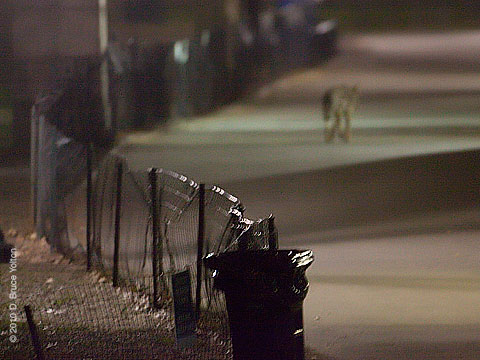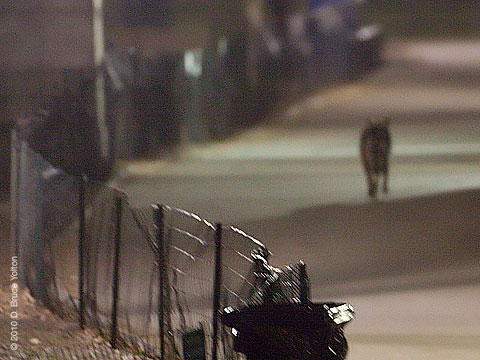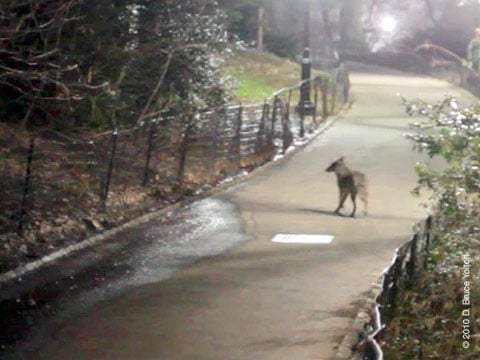Thank You New York
It's wonderful when governmental agencies do something right. Last week, city agencies rescued a frightened coyote from Tribeca, transported it to Animal Care and Control (ACC), and quickly released it into a more wild area of New York City.
The Parks Department, Animal Care and Control, the NYPD's Emergency Service Unit, New York State's DEC and the city Health Department all worked together to ensure that this animal was treated humanly. A young female coyote that got lost in Tribeca, and could easily have been killed in traffic, was relocated to a more suitable area to continue her life.
Behind the scenes, members of these organizations had already been meeting to discuss the proper handling of coyotes in the city and had developed a protocol to handle them humanly when relocation is needed.
Now that coyotes are breeding in the Bronx, we'll have more and more encounters with them in New York City. It's not going to be perfect. Both man and coyote will have to cooperate, and occasionally, an aggressive coyote habituated to humans may have to be destroyed. But in general, with educational efforts, I think man and coyote have a good chance to leave together with minimal conflict in the Big Apple.


